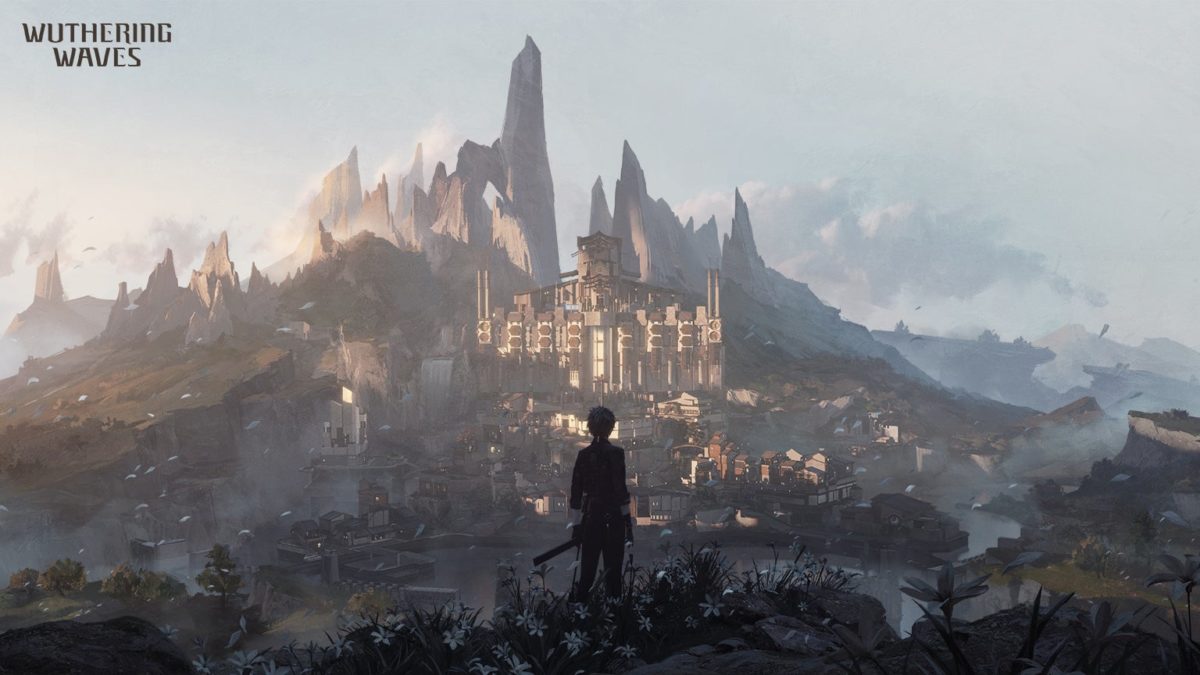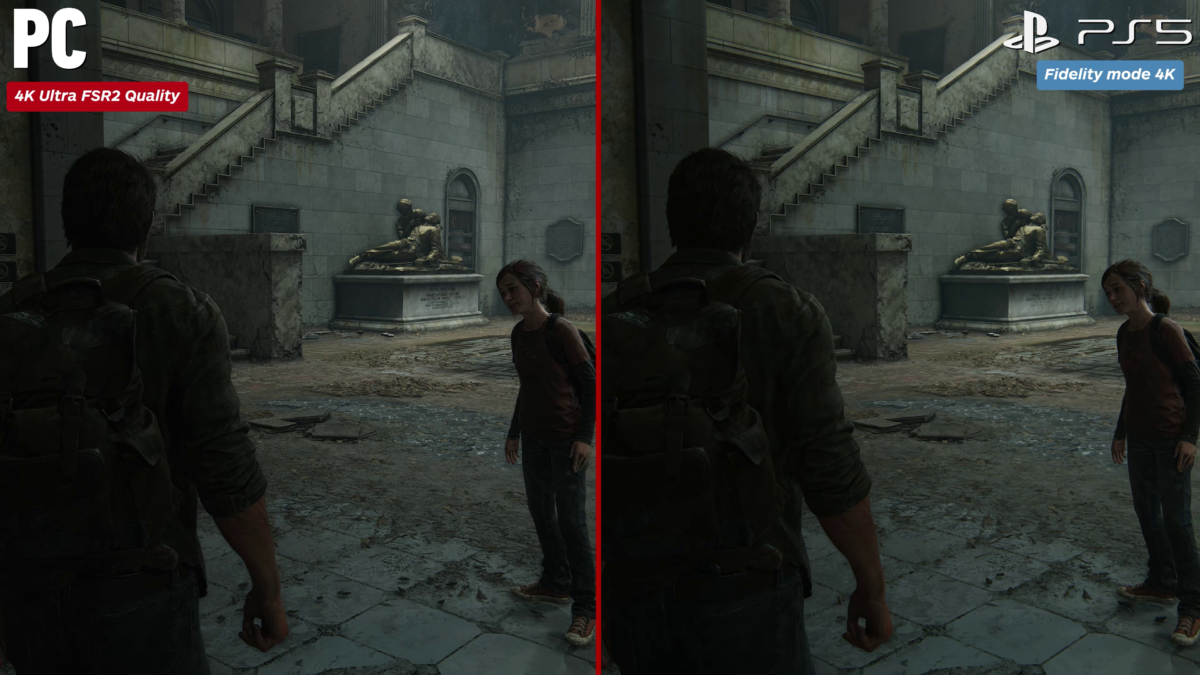Like an Orange County socialite, Dead Island 2’s great looks and seemingly ideal first impression belies a striking lack of imagination. On one hand, Dambuster Studios has delivered a charming and hilarious apocalyptic sequel to the 2011 original that’s littered with great one-liners and dismembered body parts in equal measure. But aside from its balls-to-the-wall silliness and considerable comedy chops, there just isn’t much to it that hasn’t been done better in a dozen other zombie-filled games since the original Dead Island came out more than a decade ago, including and especially Dying Light 1 and Dying Light 2 (which, notably, were made by Techland, the studio that created Dead Island). But even though it lacks originality, Dead Island 2 still competently executes on its over-the-top, LA-based zombie parody and injects some much-needed botox into a series that’s been languishing for far too long. Making Hollywood’s red carpets even redder by applying generous helpings of gore was laugh-out-loud funny and time generally well-spent.
This is a lighthearted first-person action game where committing unspeakable acts of violence against the zombie hordes of “Hell-A” is the most mundane thing about it. After choosing one of six virus-resistant playable characters aboard a failed plane evacuation, you’re thrown gore-first into the ridiculous streets of Southern California where absolutely no one seems to be taking the apocalypse seriously. Alone or with up to two co-op pals you’ll drop-kick and disembowel your way through a cattle call of the undead over the course of this 30-hour adventure, during which you’ll meet a bevy of larger-than-life quest-givers that include a drug-addled rockstar and a geriatric former movie star who gets his fashion tips from Hugh Hefner.
Like a cheesy B-movie, the story makes so little effort to produce anything approaching coherence that the attempt itself may in fact be sarcastic, and that fits in quite nicely with the absurdist tone of an adventure where some zombies have hives of aggressive bees stuck in their torsos. What few twists and turns exist in this familiar apocalyptic tale aren’t terribly surprising or interesting, and that highlights one of the many ways Dead Island 2 feels like a game I’ve played several times before.
The good news is, although it lacks storytelling substance, that meandering odyssey at least has some very funny writing and memorable characters throughout, and the fact that both are completely unhinged works to Dead Island 2’s advantage. One chapter had me searching for a squeamish assistant on the set of a horror movie featuring a giant, acid-spitting mechanical spider, while a sidequest had me slaying zombies in creative ways for the benefit of a social media influencer looking to boost her clout. The numerous ways in which the developers expertly poke fun at the stereotypical vanity and vapidness of the Los Angeles setting is reminiscent of Grand Theft Auto 5’s Los Santos in the best kind of way.
Many of the steady stream of laughs comes out of your chosen protagonist, who mocks most everything and everyone around them. For example, the character I played as the most, Jacob, repeatedly questioned the motives of a zombie clown who stalked a kid-friendly carnival in a section that had me cackling uncontrollably. One downer, though, is that a lot of the fantastic dialogue is stepped on by NPCs who use the same dialogue no matter which character you’re playing as. All too often, this means they’re oblivious to the hilarious thing your character said and just moving on with whatever they wanted to tell you. Other than that, though, great writing is helped along by high-quality voice performances as you recklessly charge your way through whatever preposterous hijinks before you, and that’s hands-down the best part of Dead Island 2.
If you’ve ever braved a virtual zombie apocalypse before, then you’ll be quite familiar with the combat formula that this cheeky iteration sticks quite close to. You start with basic melee weapons like baseball bats and hammers before crafting more elaborate tools of destruction like an electric katana or the demon lovechild of a sledgehammer and a flamethrower, and eventually guns, too. But while the more eccentric melee options have interesting designs, in practice they don’t feel much different than their unmodded peers, aside from applying various status effects, so they aren’t as exciting as they look. The melee creations at your disposal are also far less original and crazy than the kinds of bonkers weapons we got to play with in the Dead Rising series – you definitely won’t be seeing any umbrella lasers or sledgehammers with grenades duct taped to them, for example.
Because of that, the novelty with Dead Island 2’s by-the-numbers close-quarters combat wears thin quite quickly. Despite how they look and how they sound on paper, there’s simply a lack of variety in the way the available tools of destruction work, and the fact that fighting against this zombie horde is about as challenging as whacking a T-ball off a stand. You can only slice a brain-eater in half so many times before the monotony sets in and you start to feel as jaded as Woody Harelson in Zombieland, and there aren’t enough late-game changes to inject any kind of variety into the mix. Multiplayer is the best remedy for staving off repetition, since it’s a laughing riot when friends are there to help you dropkick enemies off of rooftops.
One thing that took some tension out of it, though, is that alone or as a team, failure becomes an increasingly rare occurrence. You unlock ample tools to keep yourself standing atop the pile of undead corpses instead of being swallowed beneath it, but the threats don’t keep pace and there aren’t any difficulty options to up the challenge. For example, it’s crazy that a perfectly timed dodge or parry, both of which have a very generous window, makes you invulnerable as you execute the offending zombie, restoring a good chunk of your health in the process (if you’ve got the right skill equipped). As a result, I never really felt like I was in any kind of danger. There’s nothing actively awful about getting up close and personal against the undead, but I definitely felt blasé about my title as the Los Angeles area’s newly appointed king of extreme plastic surgery after only a couple hours.
Matters are made worse with the introduction of ranged weapons, which feel sloppy, inaccurate, and don’t benefit from most of the melee-focused skills and upgrades. Guns almost feel like an afterthought that was tacked onto the sandbox at the last minute, but never tuned to feel good. Not only are firearms rarely the most effective method for mowing down zombies, but ammo is extremely limited and firing them never satisfies. Beyond that, the steady stream of zombies coming at you from all directions means you rarely find yourself in a situation where you’re able to fire on the enemy before getting interrupted by a quick-time event to shove a pushy zombie away, which forces you back into melee. Also, owing to my time parkouring around Villedor in Dying Light 2 just last year, movement during combat in Dead Island 2 feels downright sluggish by comparison.
It’s not all underwhelming news, though. In a fantastic change from previous Dead Island/Dying Light games, consumable tools like grenades, molotov cocktails, and shurikens are replenished via cooldown rather than having a finite amount that you craft and use. That ensured I made liberal use of gadgets instead of hoarding them for fear of a future scenario where I’d require them that never comes.
Another thing that keeps combat fresh is a steady stream of passive perks and active abilities that unlock as you progress through side quests and stories. By the end, a wide variety of options are available to customize your character to fit the playstyle you favor, which in my case was optimizing my attack speed to be ultra fast and making counter-attacks following perfect parries as devastating as possible. There’s even special options depending on which character you’re playing, which play into their particular strengths. If you want to get extra weird, you also gain access to superhuman powers like a powerful AoE ground pound or the ability to enter a frenzied rage and tear zombies apart with your bare hands. Though these powers have cooldowns and mostly serve as a way to break up the otherwise conventional hacking and slashing, it does go a long way to making repetitive combat encounters more interesting.
In addition to the bugs that creep out of torso-mounted beehives, Dead Island 2 is also host to a variety of less amusing technical bugs. It was nothing game-breaking, but I saw people sink into the ground during cutscenes, captions that lied about who was speaking, and plenty of other unintentional silliness. Multiplayer makes a somewhat buggy game even more unpredictable by introducing lag, disappearing characters, and a whole host of other issues. Usually these things just make the already rowdy streets of Hollywood even more ridiculous and hardly ever get in the way of having a good time, but it does give Dead Island 2 a somewhat unpolished feel.
My final gripe is that there’s an annoying rule where no one can join your game unless they’re at the same part or further along in the campaign as you, meaning you’ll have to backtrack a lot to help friends catch up with you if you want to play together – only to have to do so again if one of you gets ahead of the other player down the line. It’s an especially weird decision because I can’t think of a single plot development that’s meaningful enough to warrant protecting against spoilers in this way.















